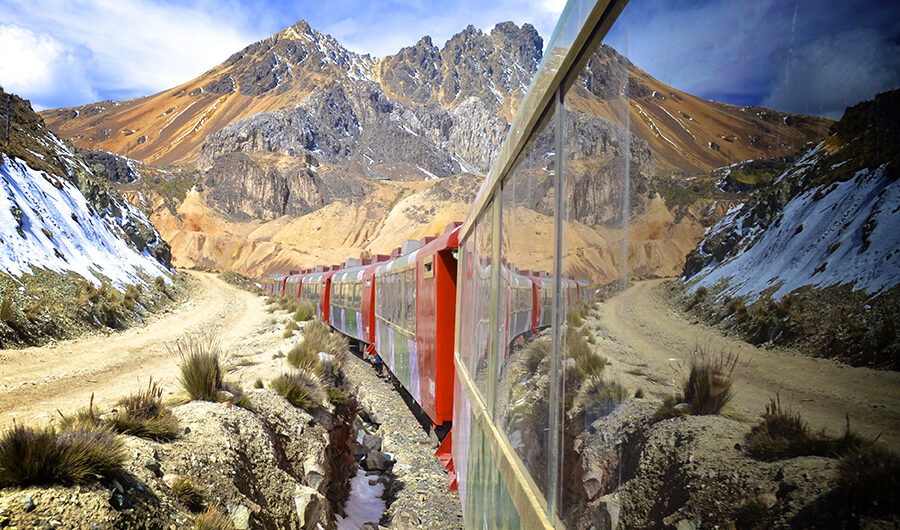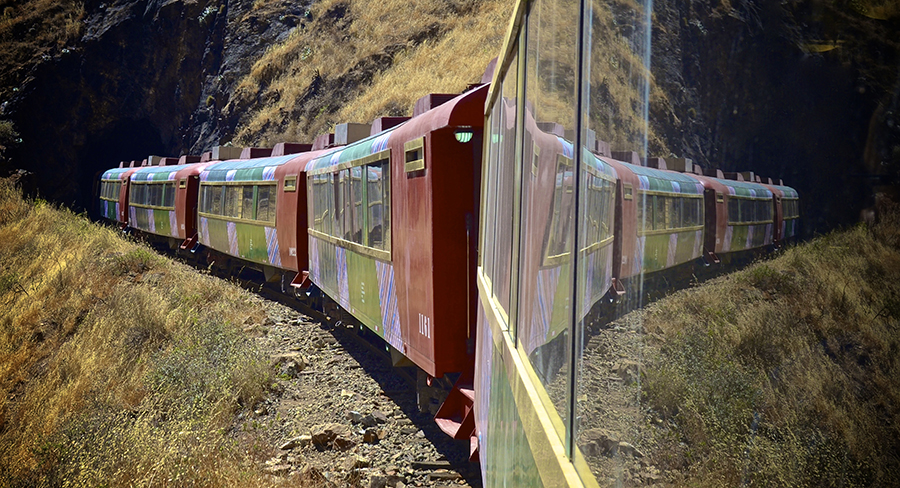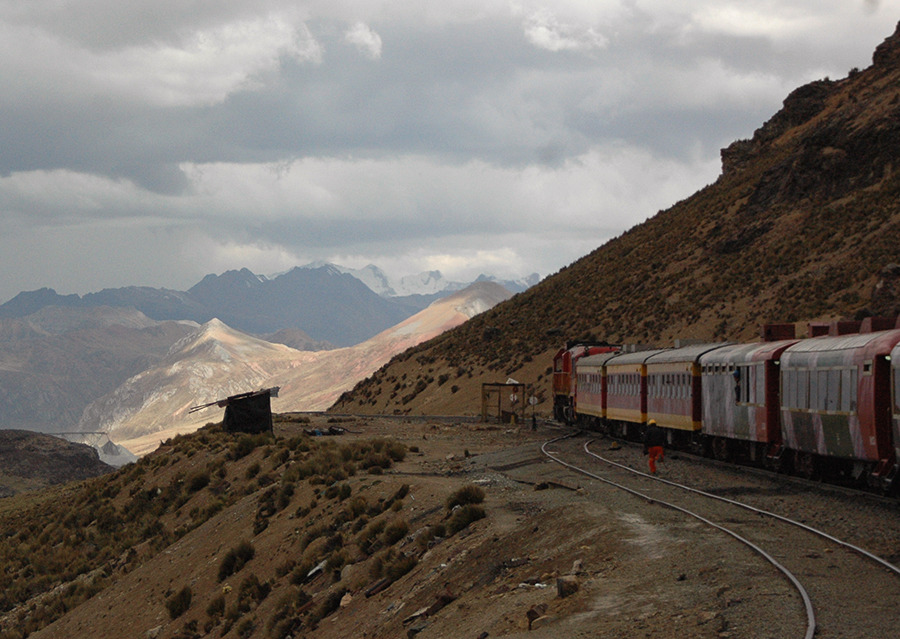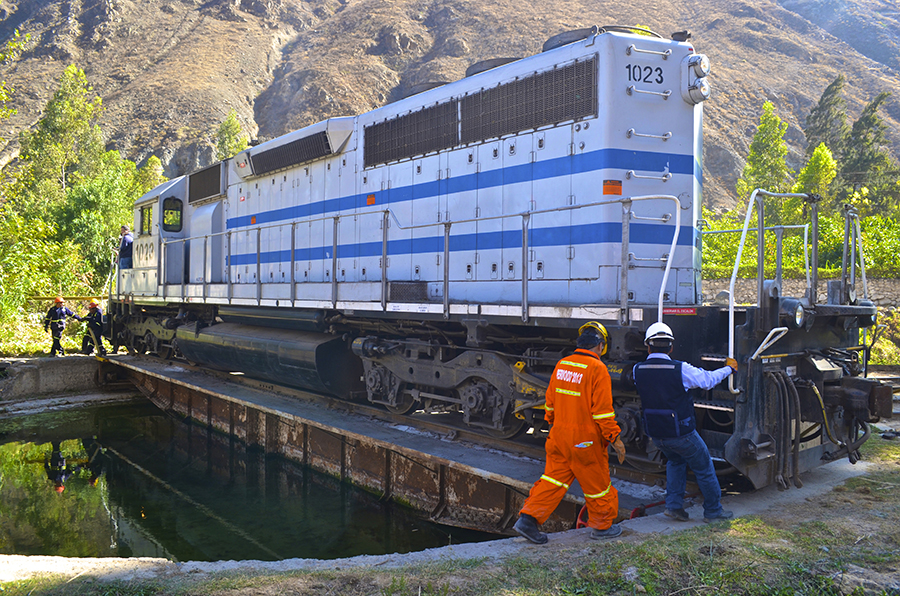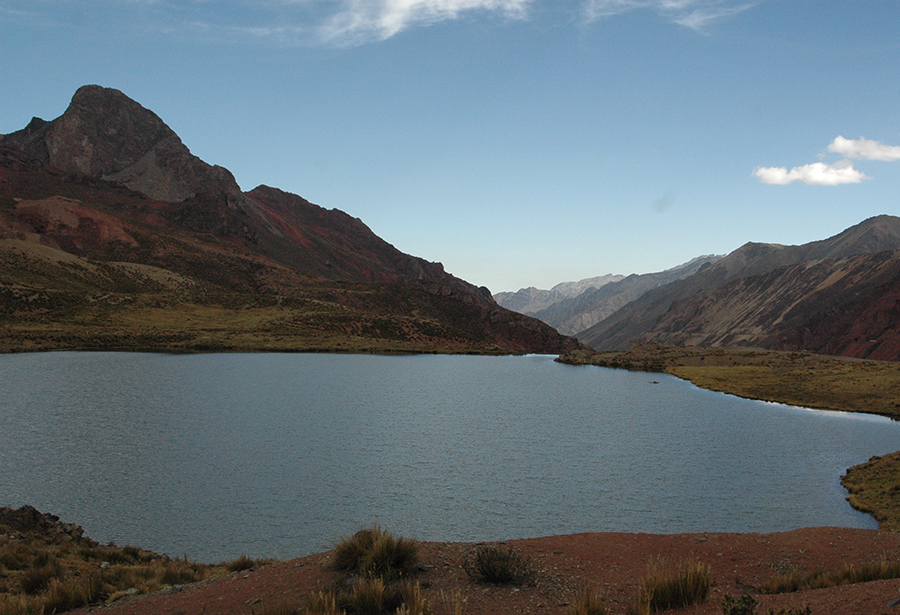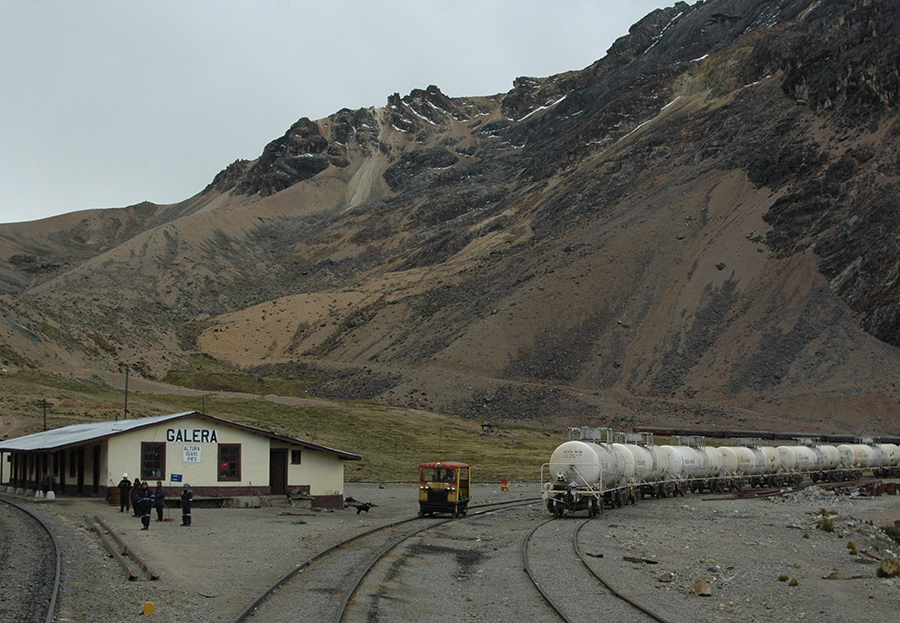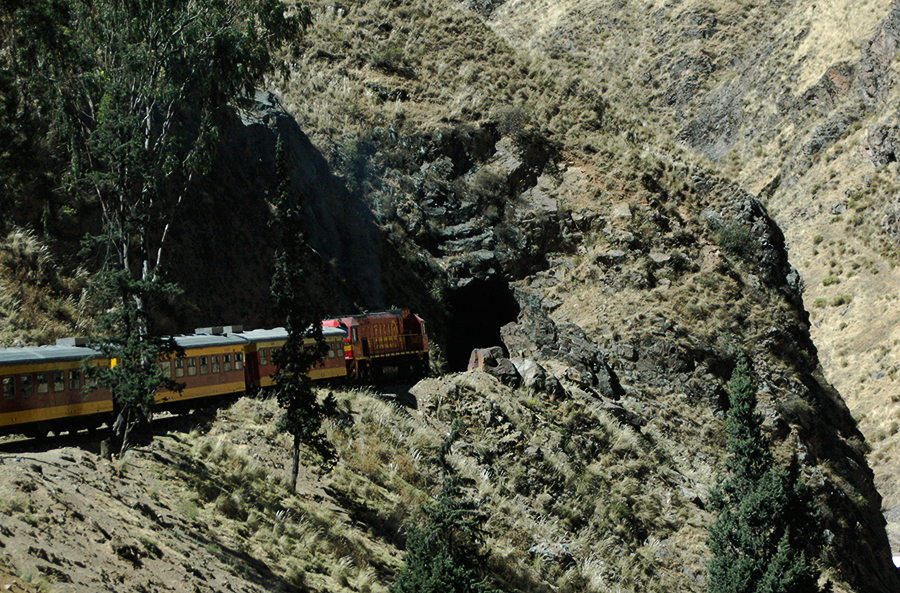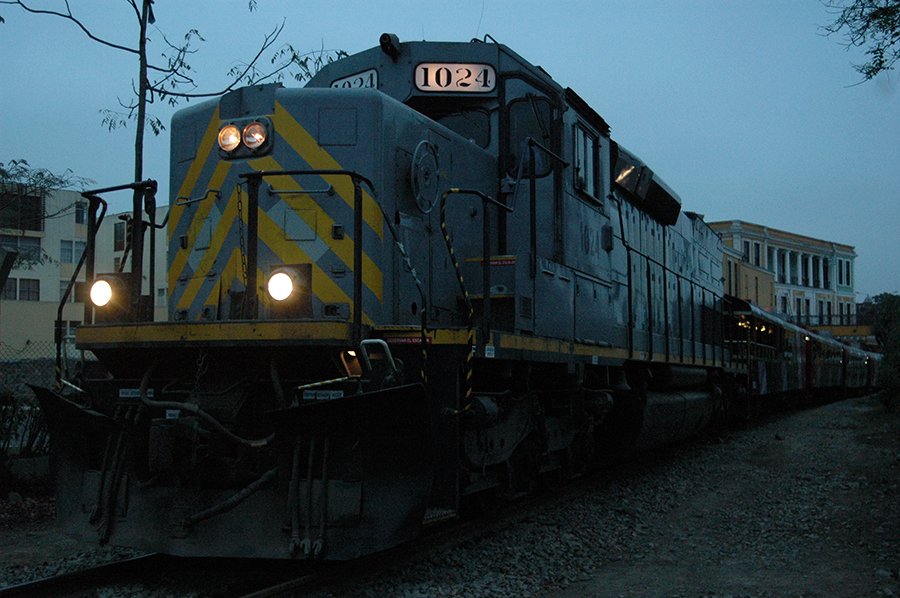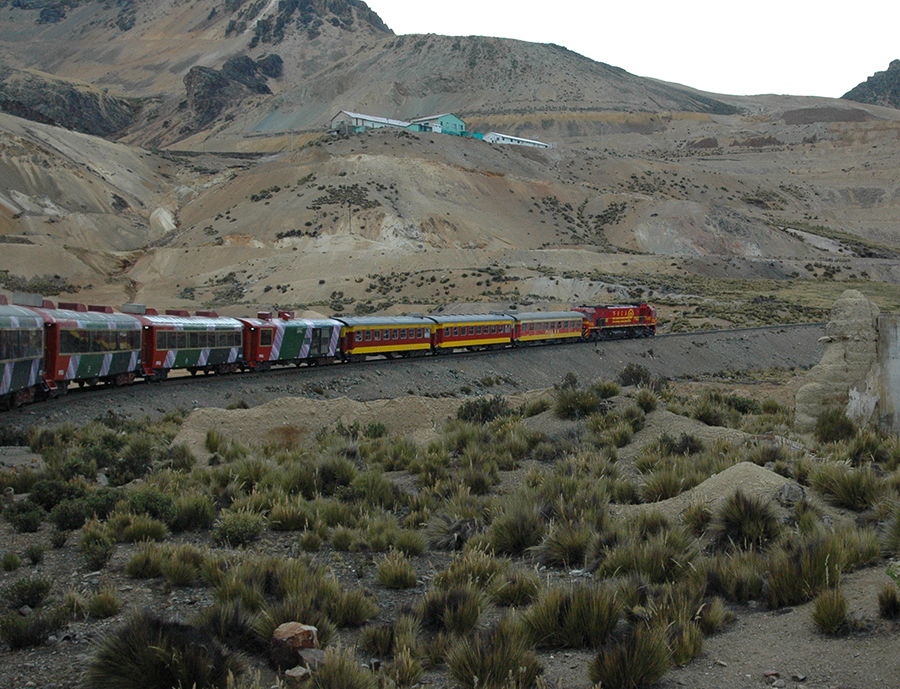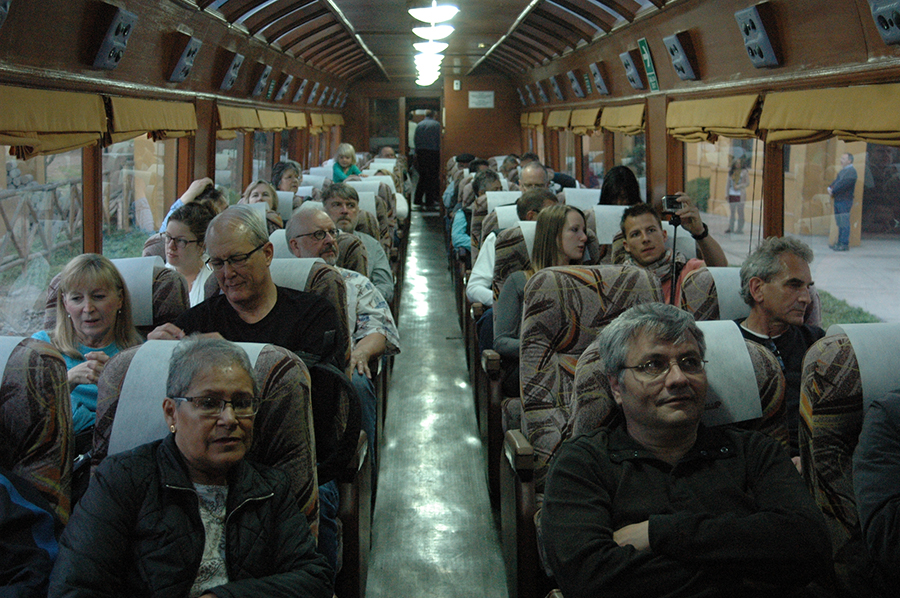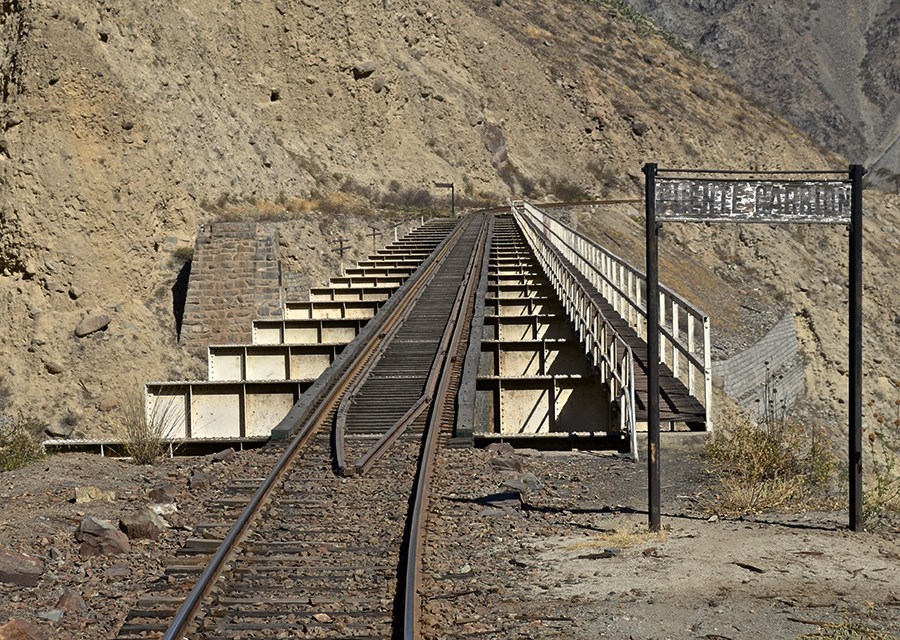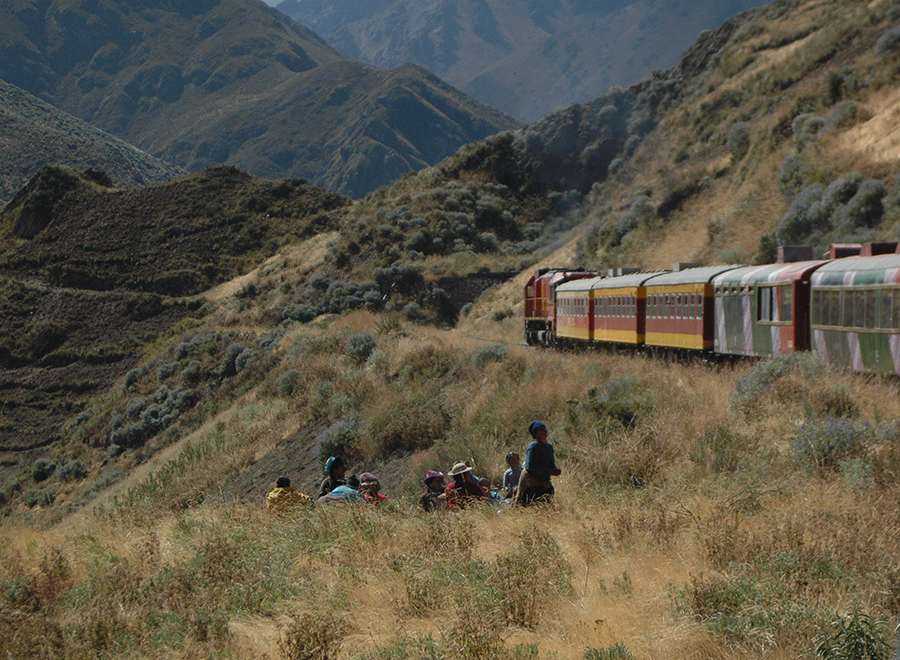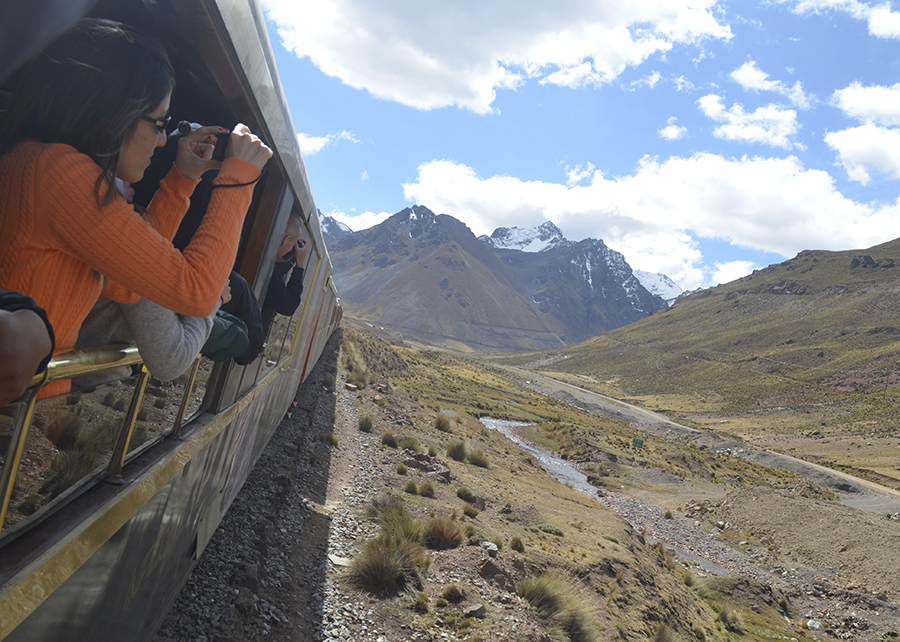Lima by train
Traveling by train has not lost its romance in Peru as the well-known scenic train rides to Machu Picchu and Lake Titicaca continue to enchant travelers. However, it is likely that you have not heard about the second highest railway in the world, which is a train from Lima to Huancayo that runs through the heart of the Andes. The train passes through breathtaking Andean landscapes during a 12 hour journey that ends in the city of Huancayo in the central Andes, the capital of a region known for its fertile land and traditional handicrafts.
The Ferrocarril Central Andino is an impressive engineering feat, designed by Polish engineer Ernest Malinowsky and constructed by American Henry Meiggs between 1870 and 1908. This ride is a major attraction for train enthusiasts with 58 bridges, 69 tunnels and 6 switchbacks. Beginning in Lima, the train climbs 4,631m (15,193ft) in just 158km (98mi) at the highest pass in Galera at 4,781m (15,685ft) from which is descends until Huancayo at 3,261m (10,698ft). The train runs only five times a year, from April to October, though in the past it ran at least twice a month, and the company in charge of the railway has proposed blasting a tunnel through a mountain to reduce the trip time by nearly half. Presently, the train departs Lima at 7:00am and returns two days later from Huancayo at the same hour.
This June I had the chance to experience this incredible journey from Lima to Huancayo accompanied by Aracari Lima specialist, John Alfredo Davis Benavides. When we arrived at the Desamparados Station in the historic Lima center, it was still dark, and passengers with weekend bags were lined up waiting to board. There are two classes of passenger cars on the train–touristic and classic. We were in a touristic car built in 2008, which seated 48 passengers and was filled with a mix of various nationalities: English, Polish, German, American. There were also many South Americans and Peruvian nationals traveling on board.
Shortly after departing from the station, the sun rose, revealing a dusty working class district in the outskirts of Lima, where mototaxis were parked for the night outside of modest homes in front of which sleepy-eyed workers sat over steaming cups of coffee at breakfast stands. Riding along the Rimac River, we passed through Chaclacayo, one of the few districts in Lima where you can still find farms and surviving relics of the natural landscape that existed before the sprawling urban developments took hold of Lima’s outskirts.
When we reached the town of San Bartolomé, we stopped and passengers climbed out of the train to stretch their legs and watch the train workers flip the motor manually on a giant turntable. The motor was then at the opposite end of the train from where it began, and once we boarded, it pulled us in the direction of Huancayo. In the Infiernillo Bar at the back of the train, there was a performance of the traditional Marinera dance, which was impressive to watch considering that we were all stumbling just trying to stand.
We had another stop in the town of Matucana, where the townspeople greeted us with a sample of their chicha de jora, a drink of fermented corn. There were snack vendors around the main square and the dancers from the train gave another performance of the Marinera here. Then we boarded again; the next stop would be the final destination in Huancayo.
John Alfredo and I headed to the open observation car at the back of the train to watch the scenery and take some pictures. It seemed as though every two minutes we were passing through another tunnel or crossing another bridge. Having escaped the clouds of Lima, we were in bright sun, breathing clean Andean air, untouched by the smog generated from car exhaust and factories. Small towns would appear below in the valleys between the rugged mountains, and locals, resting after their morning’s climb, would shout and wave at the train as we passed them, mere meters away. Shortly after our stop at Matucana, we came to the switchback at Viso in which we traversed an ascent via a zig-zag structure in which we would ride forward on one set of tracks and then reverse up another to scale quickly and securely.
As we climbed in altitude, crossing the famous Infiernillo Bridge at 3,300m (10,826ft), the temperature dropped, and the wind generated by our velocity made leaning out of the observation car a chilling experience, with passengers’ cheeks flushing pink from the rush of cold. The landscape was golden with high altitude ichu grass waving as we chugged past. We were crossing the beautiful Mantaro Valley, one of the richest valleys in Peru, where Jauja, the first capital, was founded by Francisco Pizarro before he moved to Lima on Peru’s coast. This region of the central Andes is relatively untapped yet by the travel industry, mostly visited by nationals and foreigners searching for off the beaten path experiences. I have had the fortune of visiting this region twice before and was familiar with the stunning scenery of the journey from Lima, but travel by train was a completely new and novel experience. From the height of the tracks, the vistas of the mountain landscape were expansive, allowing you to see over the entire valley, the river far below and the mountain peaks jutting up on all sides.
Once we ascended to Ticlio and Galera, the highest point of the ride, the sun had disappeared, and the landscape changed again, the golden grass replaced by jagged, reddish mountains and glassy lagoons. Here, there were no villages, and the grayness, the sparseness caused a quiet solemnity to fall upon the rather jovial atmosphere of the observation car and bar. This change in mood was surely due in part to the altitude, which began affecting passengers unaccustomed to the thin air. It was at this point in the ride that the staff hustled everyone inside for lunch to be served.
It was nearly 3pm when we ate our meal, which was packaged in plastic and in small portions, given the fact that one should not eat large quantities at altitude. After I finished, lying back in my seat, I fell asleep with an overpowering fatigue that was partly due to a long week and partly due to the effects of the altitude. When I woke again, I made my way back to the observation car only to find that the sun had just slipped away behind the mountains.
“The best light is gone now,” John Alfredo informed me when he saw me approach. I nodded, my camera now useless about my neck. I stood at the back of the car, leaning over the edge and watching the tracks slipping below and disappearing into the dusk. The orange sky in the distance reminded me that there was still sunlight somewhere, perhaps in Lima, farther west. We were heading east into the night. In the dark, there was no use for the camera, and with no internet, no electronic devices, there was, at last, room for quiet reflection as I gazed into the distance, listening to the train clicking along the rails.
We arrived a few hours later in Huancayo, greeted by locals who were unaccustomed to seeing the train pass through the streets of the city, and as we pulled into the station, the engineer sounded one final whistle to announce that the journey had ended.
For more information about train rides in Peru, contact us for further details!
*featured image by Aracari travel planner Mark Green, who also made the journey on the Ferrocarril Central Andino.

